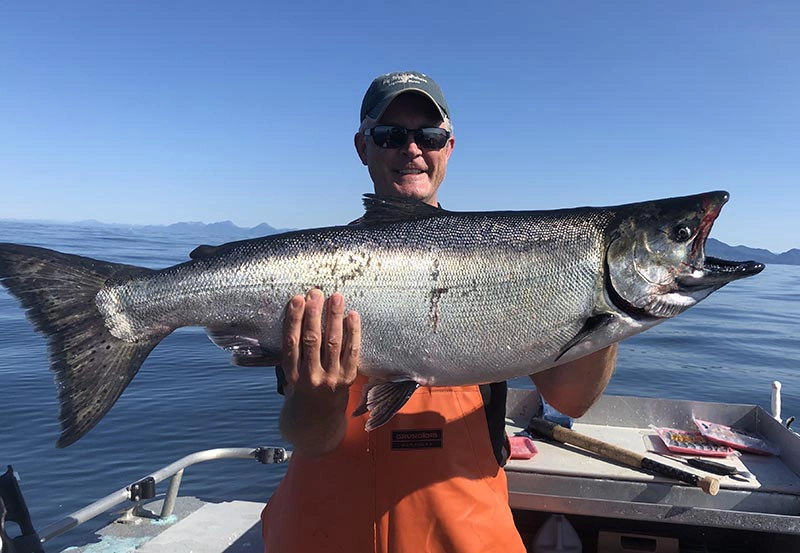 Alaska king salmon fishing in the saltwater around Sitka is arguably some of the best saltwater king salmon fishing in the world.
Alaska king salmon fishing in the saltwater around Sitka is arguably some of the best saltwater king salmon fishing in the world.
King (Chinook) salmon from Oregon, Washington, British Columbia and Alaska all feed in the Gulf of Alaska, and as they mature and begin heading back towards their natal rivers, most of them pass by Sitka in May, and June. What’s more, with large amounts of herring, sand lance and other baitfish, the Sitka area has feeder kings present year-round.
Bag, possession, annual and size limits are established by Emergency Order, as specified in the Southeast Alaska King Salmon Management Plan. Currently, king salmon must be 28 inches long or longer to retain. A harvest record is required. Be sure to check with your charter operator or the Alaska Department of Fish and Game (ADF&G) Emergency Orders for the Sitka area to determine what the daily and annual bag limits are at any given time. As of the time of this writing, 2022 regulations have not been published.
Alaska king salmon fishing in the Sitka area is most often done by trolling flashers and lures, or by mooching herring.
Trolling is often accomplished with downriggers which enable anglers to target depths from near surface to as deep as 200 feet. An 11-inch flasher in front of a spoon (Silver Horde Kingfisher or Coho Killers in a variety of colors are popular) or hoochie (Silver Horde Ace-Hi fly in Purple Haze or Herring Aide colors are popular) accounts for many king salmon. Anglers rely on their fishfinders to determine the depth at which to troll.
Mooching involves the use of a medium-heavy rod, level-wind reels (line-counter reels can be especially useful for mooching), a slider rigged on the main line with a six- or eight-ounce cannonball lead, followed by a ball-bearing or bead-chain swivel, and a two-hook mooching leader. Plug-cut herring are usually the preferred bait for mooching, but some anglers prefer whole herring. In either case, the bait should be rigged to spin as it is retrieved or descended through the water column. Some Alaska king salmon anglers mooch while the boat is drifting. Others prefer to anchor in historically productive areas. When concentrations of king salmon are located, mooching can produce fast limits.
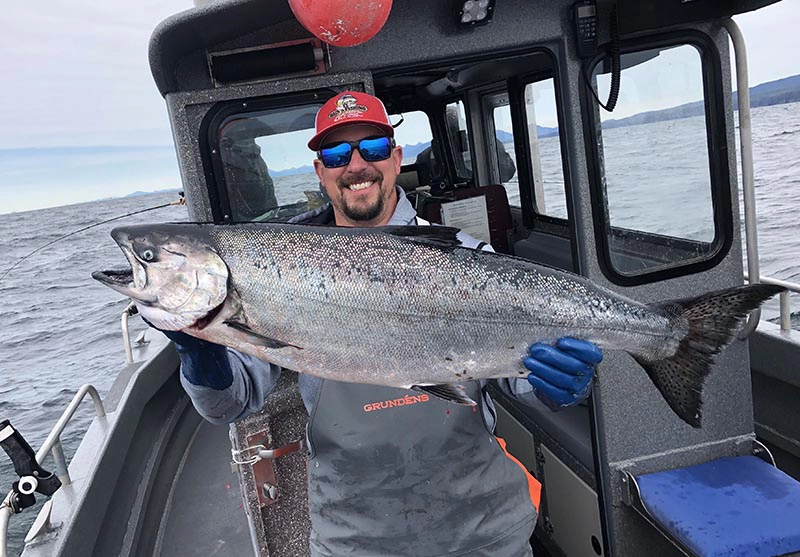 Popular Alaska king salmon fishing areas in Sitka include:
Popular Alaska king salmon fishing areas in Sitka include:
- The northern side of Salisbury Sound near Fortuna Strait.
- Cape Georgiana at the northwest corner of Kruzof Island.
- Point Amelia on the west side of Kruzof Island.
- Shelikof Bay on the west side of Kruzof Island.
- Cape Edgecumbe at the southwest corner of Kruzof Island.
- Inside Sitka Sound at places like St. Lazaria Island and Vitskari Rocks.
- The north side of Biorka Island,
- The west side of Biorka Island
- The north side of Tava Island.
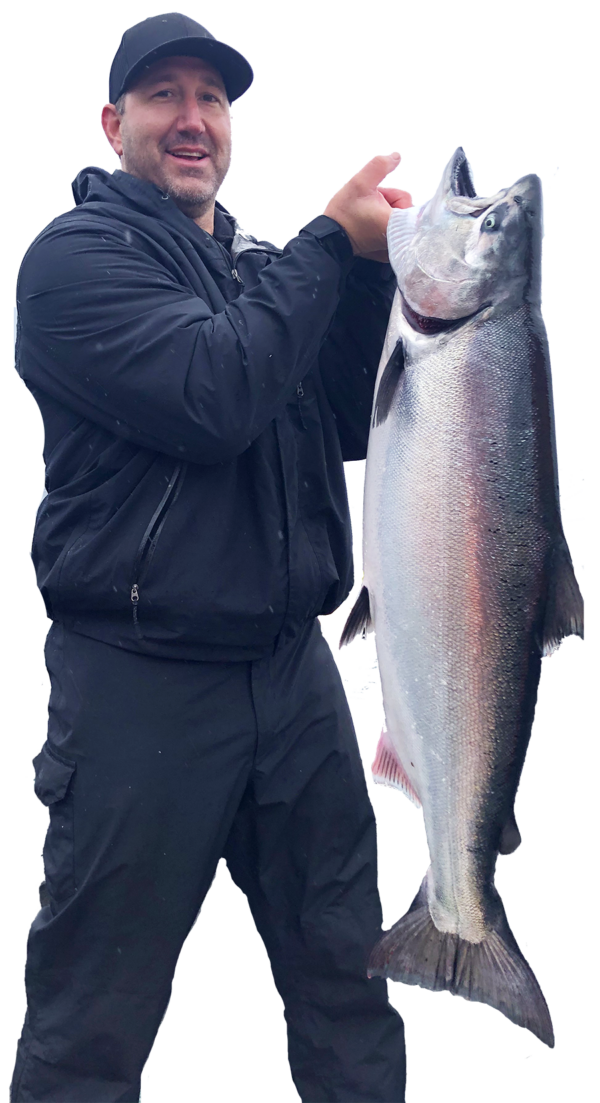
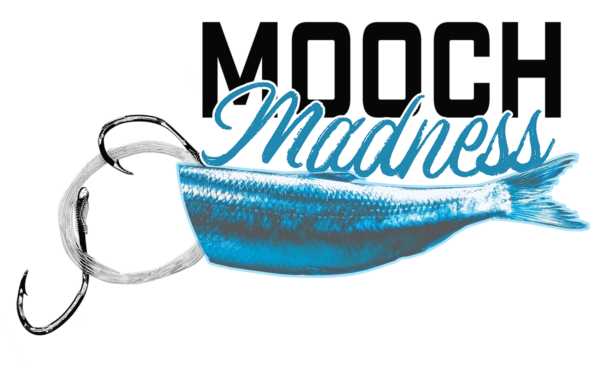
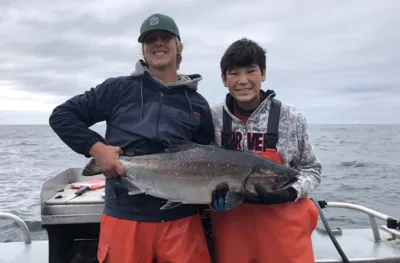 We love mooching for Alaska king salmon fishing. This hands on approach to fishing can produce multiple strikes when we find schools of salmon to fish. We drop our bait down to the depth the salmon are found and bring the bait back up to the surface at the same rate. The take is subtle. It can be a minor as the bait coming to a stop or just a change in the drop speed. Salmon follow bait up and down the water column.
We love mooching for Alaska king salmon fishing. This hands on approach to fishing can produce multiple strikes when we find schools of salmon to fish. We drop our bait down to the depth the salmon are found and bring the bait back up to the surface at the same rate. The take is subtle. It can be a minor as the bait coming to a stop or just a change in the drop speed. Salmon follow bait up and down the water column.